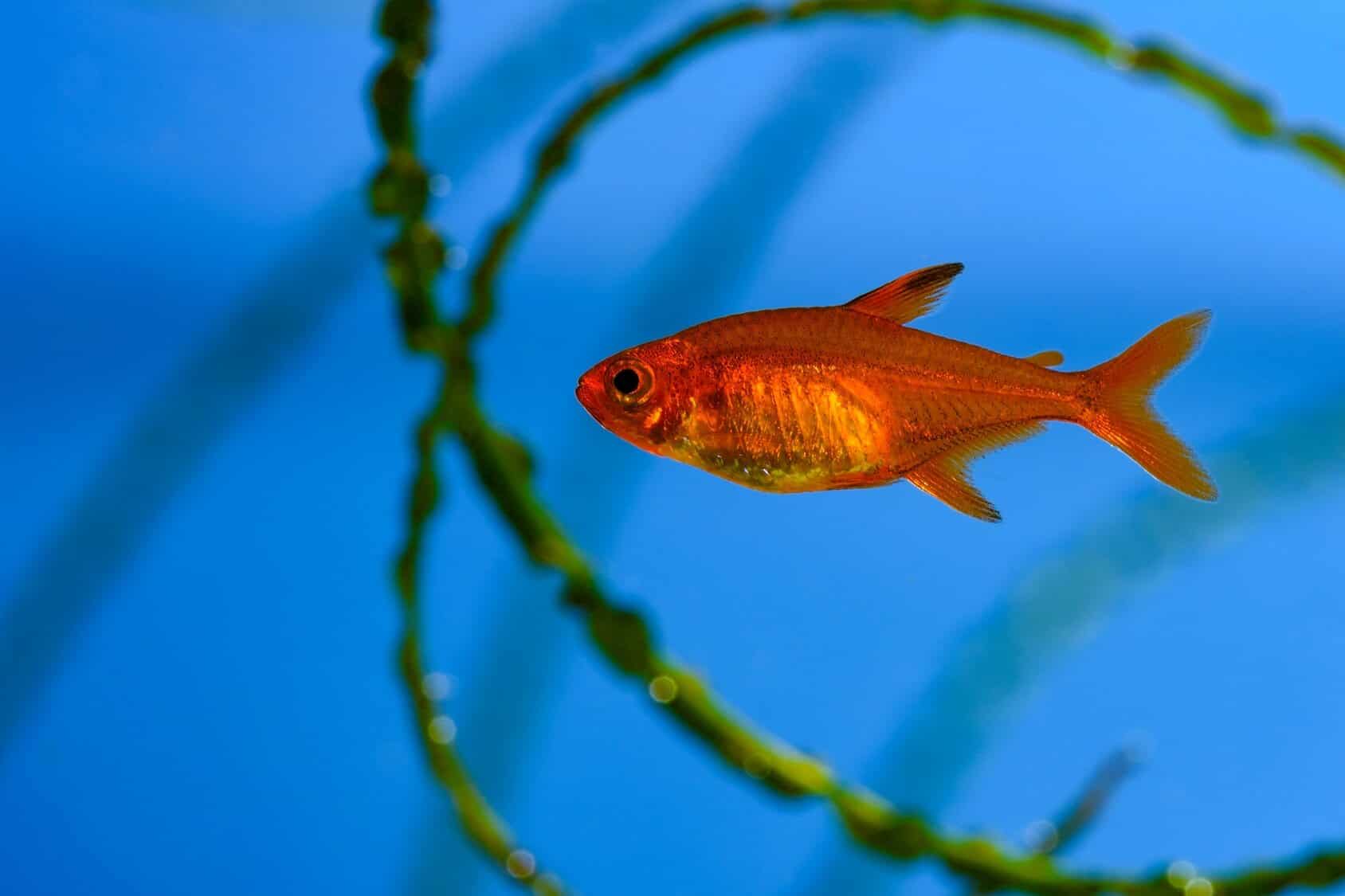

Your tetras should be fed twice daily, once in the morning and again before the tank lights go out in the evening. If you want to give your fish live food, the best option is to run a home brine shrimp hatchery. Unfortunately, live food and the liquid it comes in often contain parasites that you don’t want in your aquarium. It’s also worth using flake food that contains natural color-enhancing additives to really make your Ember tetras colors flame! Live FoodsĪlthough omnivorous aquarium fish species love a wide range of live foods, and most eat them in the wild environment, we recommend avoiding them. Bloodworms, daphnia, and brine shrimp are all excellent sources of vitamins and protein that your Ember tetras will love! We recommend giving your tetras a diet of high-quality tropical fish flakes and frozen meaty foods. It’s essential to feed Ember tetras a high-quality, balanced diet to prevent their colors from fading. That said, if you keep large numbers of Ember tetras, that behavior tends to disappear. We also recommend avoiding keeping a betta fish with Ember tetras since some hobbyists have found the tetras to be nippy.

Unsuitable Tank Matesįire tetras tend to lose their vibrant colors if stressed, so, as previously mentioned, you should steer clear of large, semi-aggressive fish that might try to make a meal of your tetras. That can help to prevent competition for space in the Ember tetra’s preferred swimming area, and larger numbers of small fish make for a “safety in numbers” vibe for the fish. To avoid stressing the tetras, we recommend combining them with bottom-dwelling fish, such as Corydoras catfish, and other shoalers, such as danios and rasboras. Since Ember tetras are peaceful fish, they can live with most other small, non-aggressive species, including shrimp and snails. In addition, large schools of these brilliantly colored fish make a much more effective display. If kept in smaller groups than that, the tetras will become timid and spend most of their time hiding away among your plants. You can safely add groups of Ember tetras to a peaceful community tank, although you should avoid large, semi-aggressive fish species that might hassle or try to eat the tiny tetras! Ember Tetra Tank MatesĮmber tetras must live in schools of at least eight to ten fish, although more than that is better if you have enough space to accommodate them. They might be small, but the tiny Ember tetra makes up for its diminutive size by being one of the most active community fishes you can find! We recommend keeping a school of Fire tetras, as they make a spectacular sight, darting among your plants or swimming together in the center of the water column. Keep your Ember tetras in a densely-planted fish tank and provide them with the proper care to maximize their life expectancy. The Ember tetra’s lifespan is relatively long when compared to other nano fish species, with the fish typically surviving for two to four years. While male fish have bright colors, females are a little larger and rounder in shape than males, and their colors tend to be less vibrant. It is possible to tell the difference between male and female Ember tetras, which is handy if you want to try breeding the fish in your home tank. Ember Tetra SizeĮmber tetras are tiny fish, growing to just under an inch in length when fully grown, making these fish perfect candidates for a small tank. The ventral and pectoral fins are almost translucent, creating a flicking effect as the fish swims. The caudal fin is forked and the same color as the fish’s body, being darker at the base, fading to virtually transparent.


The fish has the characteristic tetra body shape, with a tall, slender dorsal fin that graduates from orange to a darker hue toward the rear of the fin before becoming completely transparent at the edges. The fish’s popularity is largely due to its vibrant orange-red coloration, and as you can see from our pictures, the Ember tetra is a beautiful swimming gem! Interestingly, the Ember tetra’s diet and water quality heavily influence the fish’s color. The fish’s natural diet is made up of tiny insect larvae, crustaceans, worms, algae, and some plant matter. Ember tetras are freshwater fish that come from the Araguaia River basin in Central Brazil, where the fish inhabit slow-moving, densely vegetated backwaters.


 0 kommentar(er)
0 kommentar(er)
